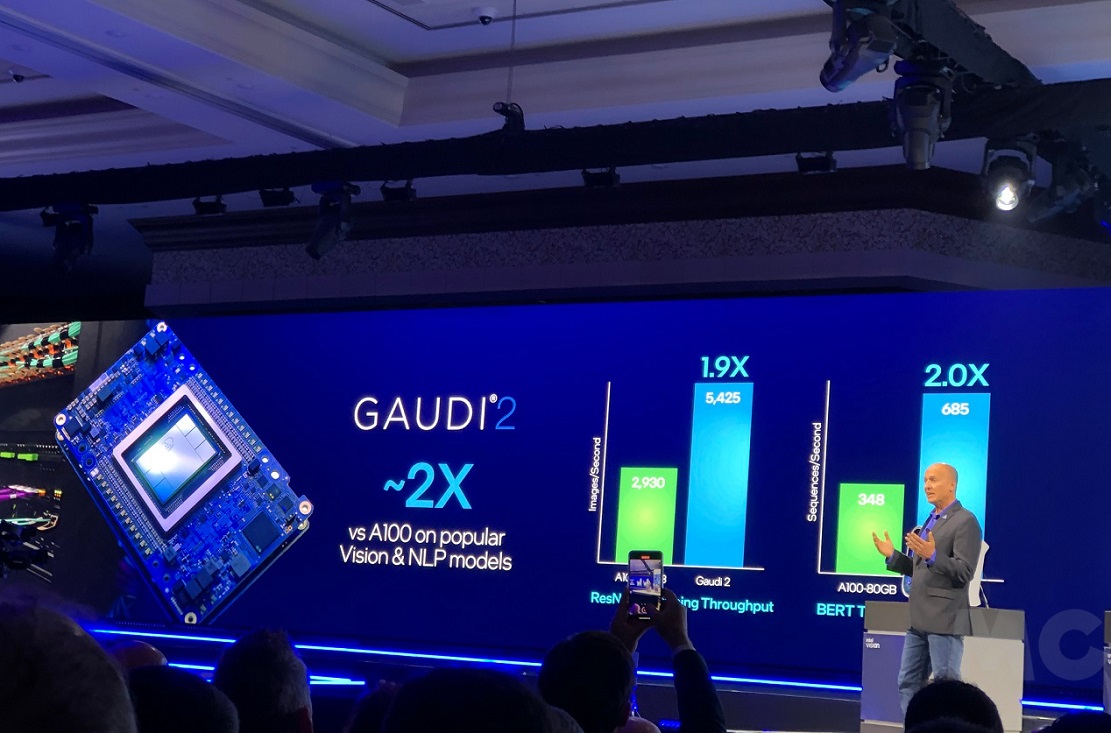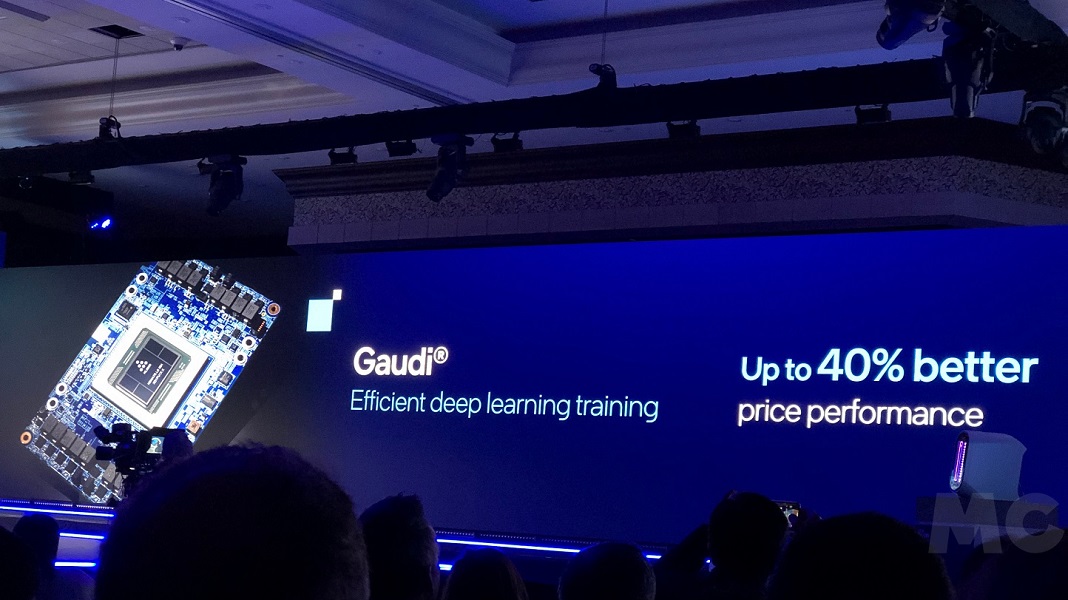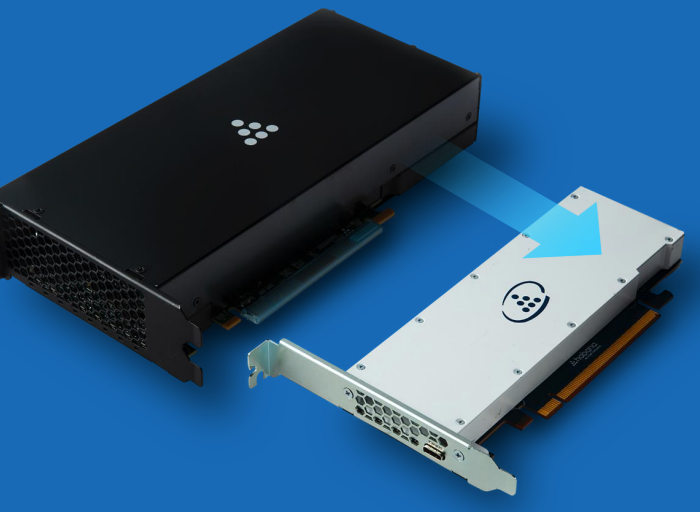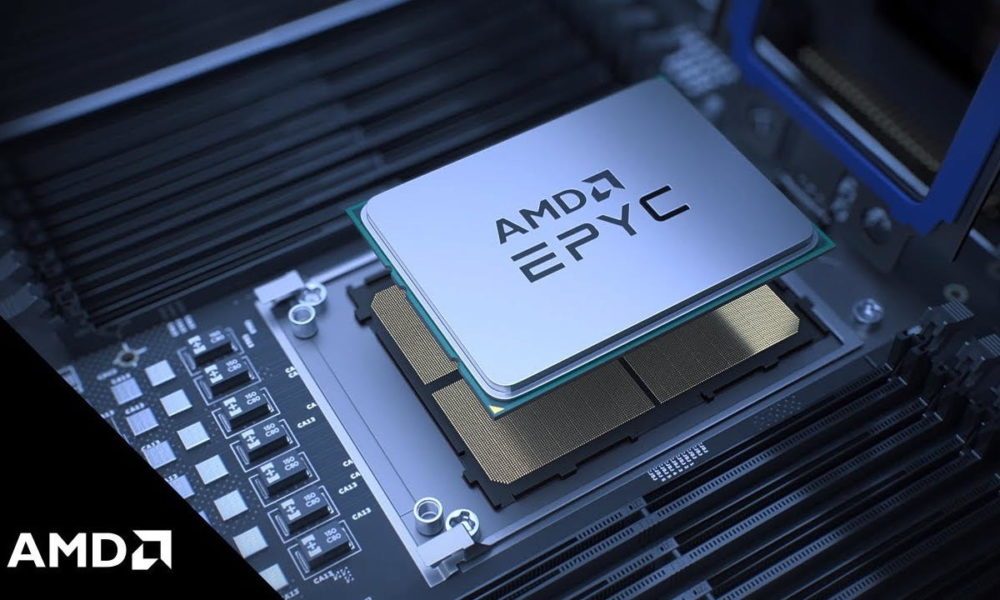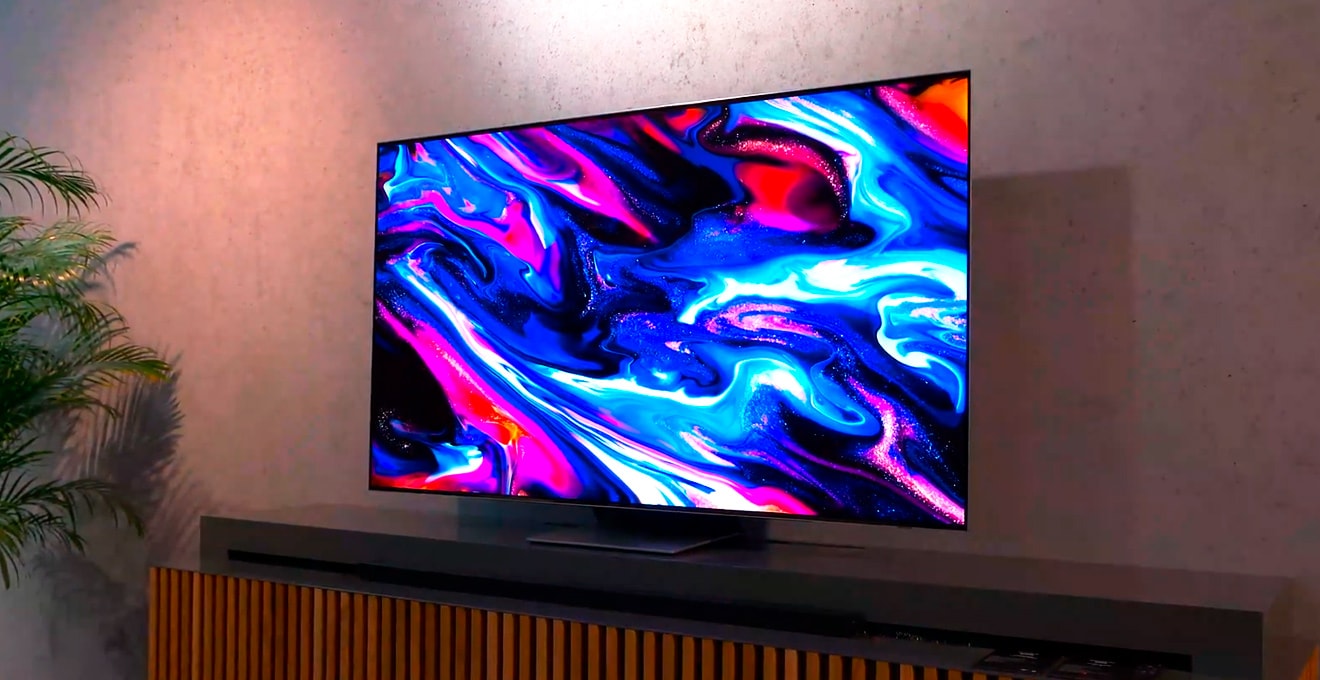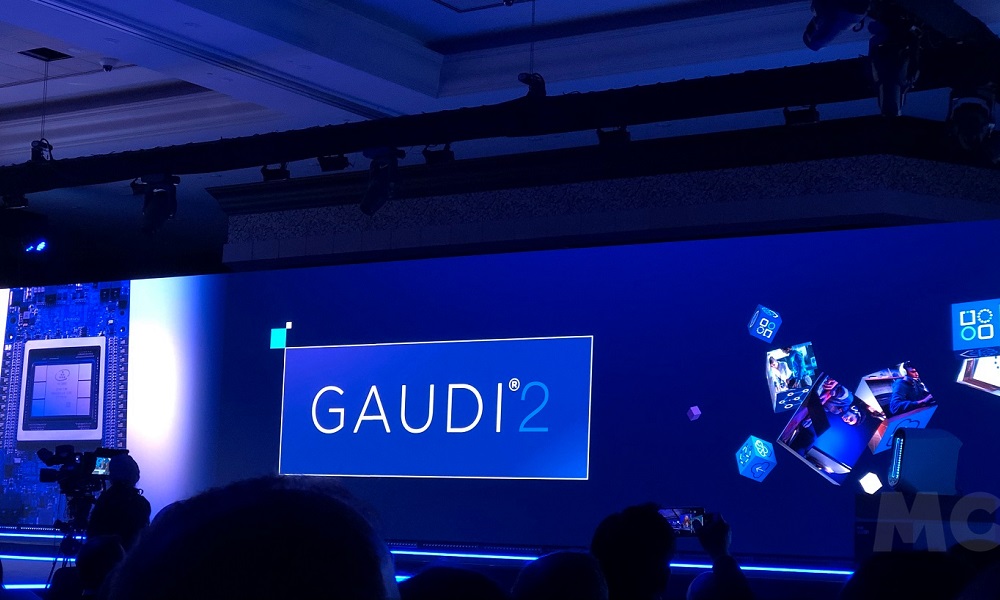
In 2019 Intel bought Habana Labs, a very important move with which the chip giant reinforced its commitment to artificial intelligence, and it is clear that of course It was a success, especially after seeing what they have been able to achieve with Habana Gaudi2, one of the most important developments we have seen, in terms of professional hardware, at this year’s Intel Vision event, which we were lucky enough to attend. During the event Intel also announced Habana Greco.
Both solutions are designed to accelerate workloads focused on deep learning and inference. Habana Gaudi2 is specialized in deep learning and is the successor to Habana Gaudi, while Habana Greco is designed for inference tasks and succeeds Habana Goya. We should not confuse deep learning with inference, since they are not the same although some make the mistake of using them as if they were.
Deep learning includes training process of an artificial intelligence, that is, that stage in which the provision of data that the system will use to learn occurs. It uses complex hierarchical models intended to try to get artificial intelligence to learn in a way similar to how humans do. Inference, on the other hand, is the step immediately afterthat is, it consists of artificial intelligence using what it has learned.
Habana Gaudi2: 7nm and up to twice the performance of an NVIDIA A100 GPU with 80GB
At the Intel Vision 2022 event we were able to see some performance data from Habana Gaudi2, and the numbers were impressive. First of all we have a huge jump in the manufacturing node compared to the first generation model, since this was manufactured in 16nm and its successor comes in the advanced 7nm node. In terms of performance, Gaudi2 is able to outperform the 80 GB NVIDIA A100 by 90% under ResNet 50, where it reaches 5,425 images per secondand folds it into BERT with 685 frames per second.
Sandra Rivera, Executive Vice President of Intel and General Manager of the Datacenter and AI Group, commented that:
“Gaudi2 can help Intel customers to train increasingly large and complex deep learning workloads with greater speed and efficiency, and Greco will also bring major improvements.”
Compared to the first generation, Gaudi2 is able to triple the performance in ResNet 50, and in BERT Phase-2 the advantage it gains over the 80 GB NVIDIA A100 is even greater, reaching 180%. At the level of specifications, Gaudi2 has 24 Tensor processor cores (Gaudi had 10 cores), it has 96 GB of HBME memory, triple the amount of the first generation model, adds 48 MB of SRAM and 24 100 GbE RoCE RDMA NICs.
Gaudi2 has a TDP of 600 watts, but according to Eitan Medina, COO of Habana Labs, it can work without problems with a passive cooling system, which means that it can be seamlessly integrated into existing infrastructures. It is now available to Habana Labs customers, and they have full integration into the Habana SynapseAI software suite, which is optimized for deep learning model development and makes it easy to migrate existing GPU-based models to laboratory hardware. Gaudi platform.
As for Habana Greco, this solution focused on inference has also received very important improvements, among which we can highlight the use of LPDDR5 memory, which translates into higher bandwidth compared to the previous generation, which used DDR4 memory. The amount has also increased, passing 50MB to 128MBthe TDP has been reduced from 200 watts to 75 watts and a monoslot design has been adopted. It will be available in the middle of this year.
